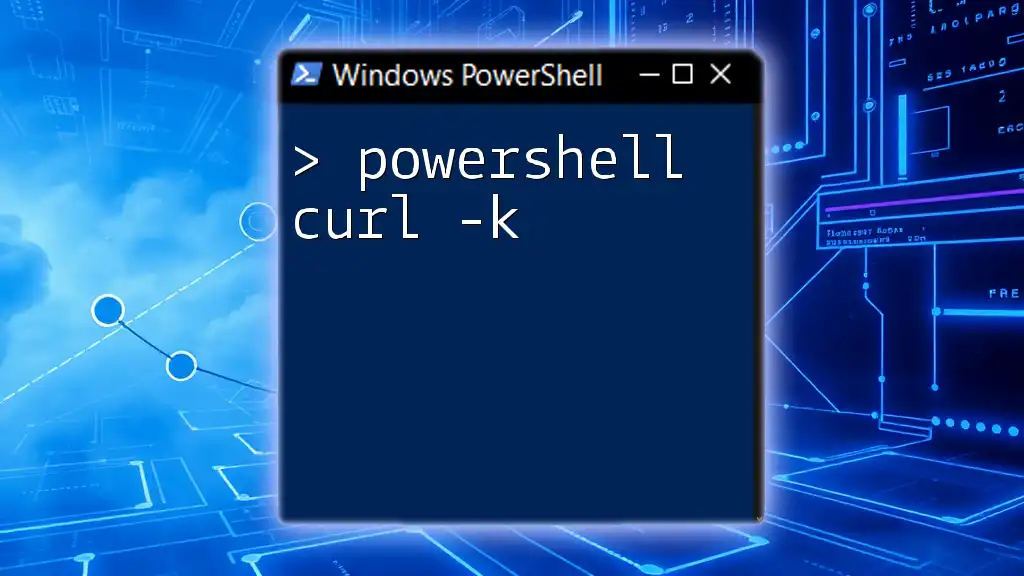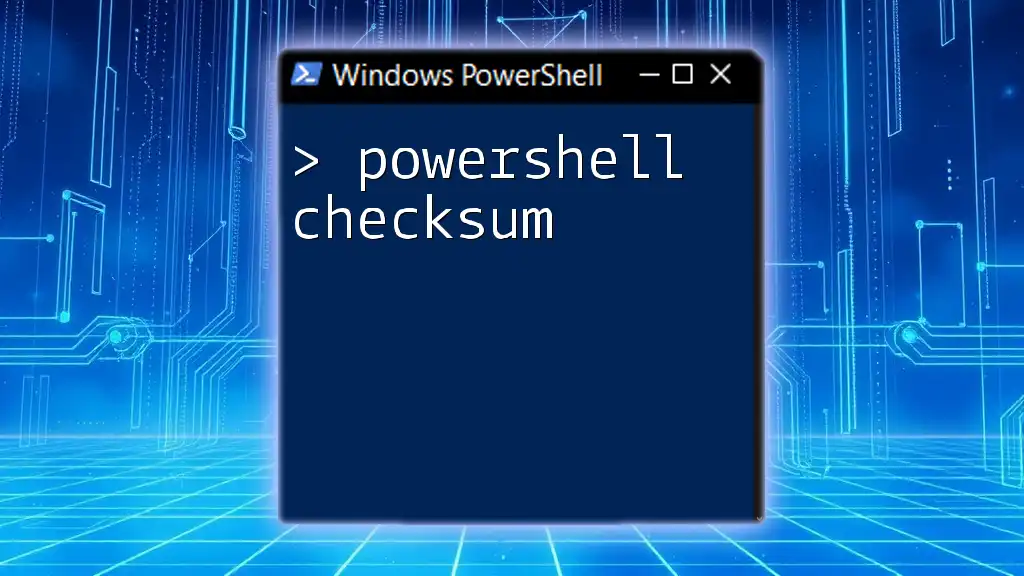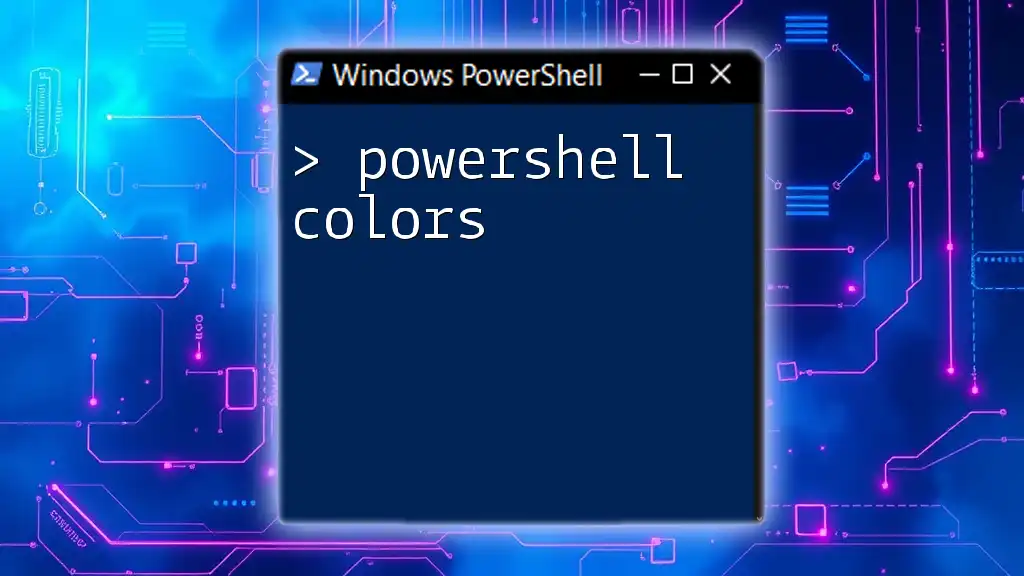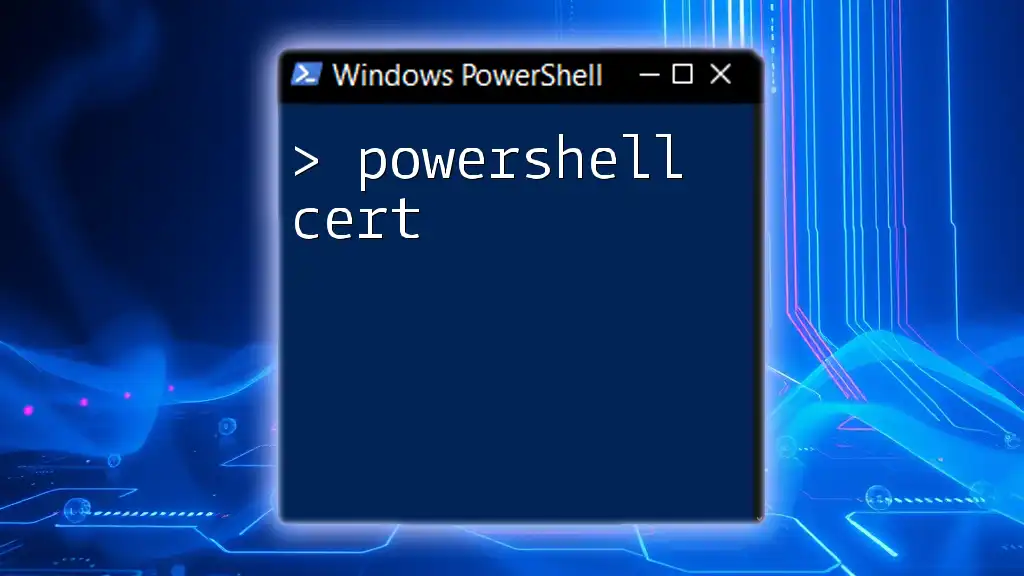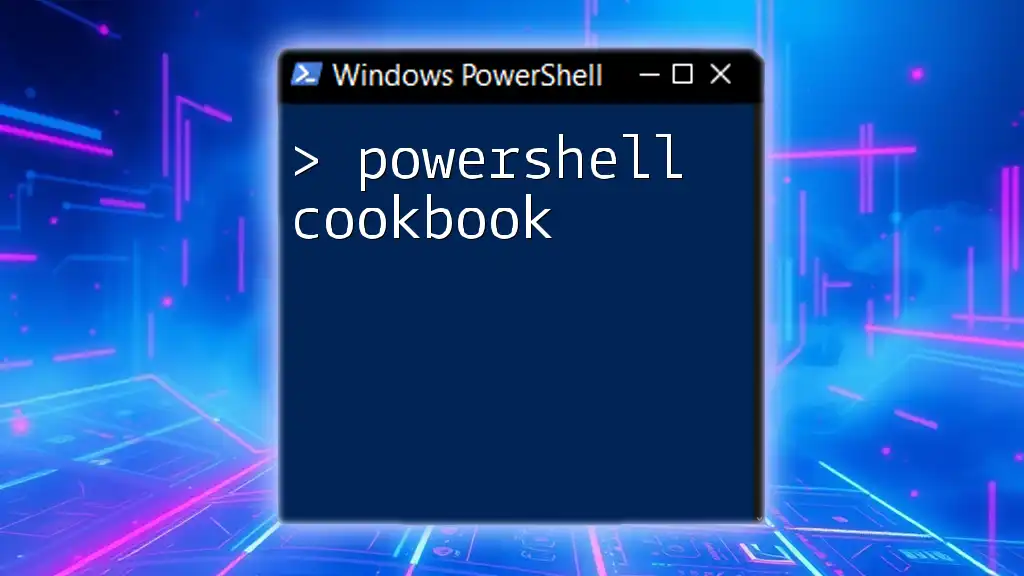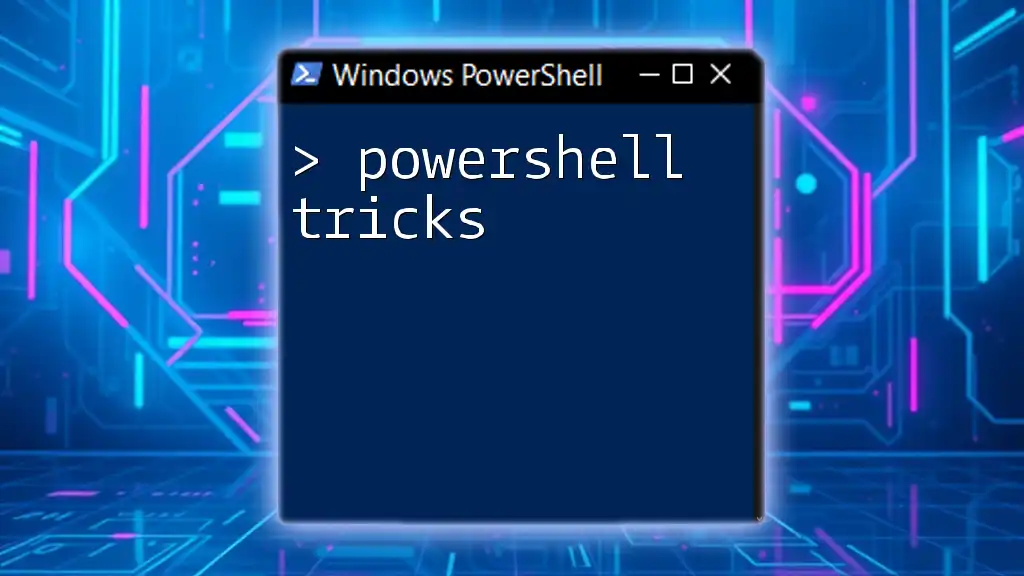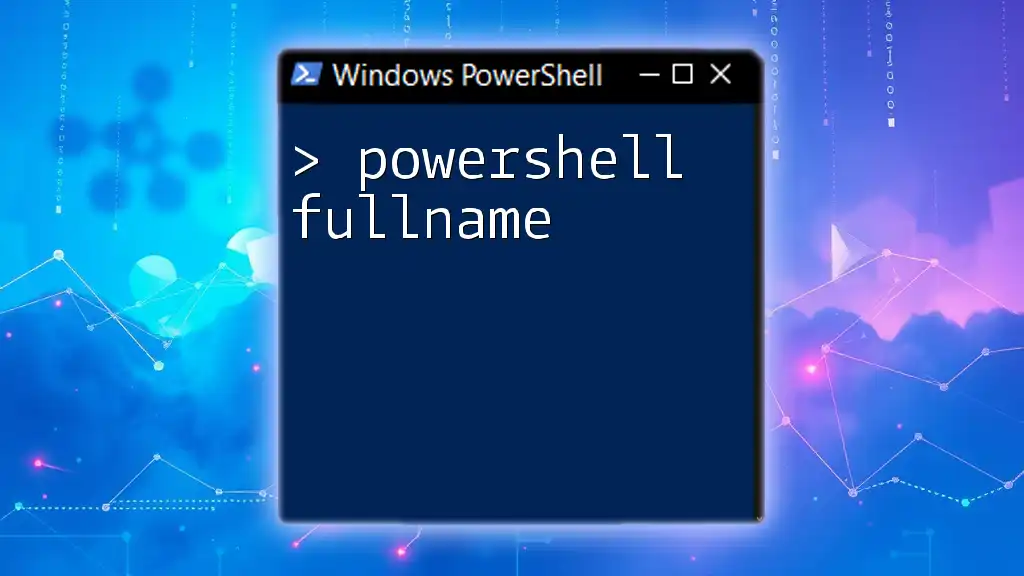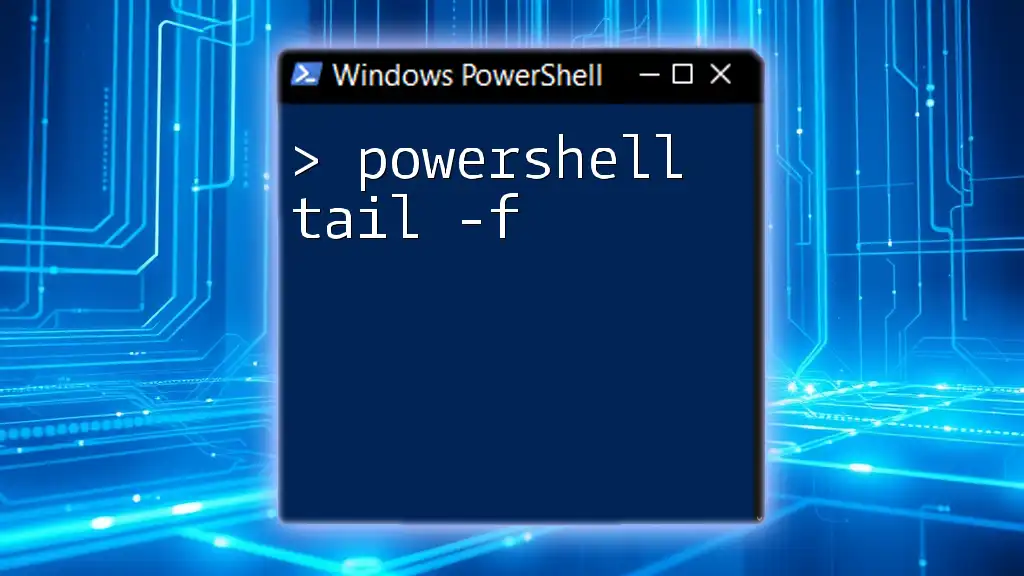The `curl -k` command in PowerShell is used to make HTTP requests while ignoring SSL certificate validation errors, allowing you to test APIs or web services that may have self-signed or untrusted SSL certificates.
curl -k https://example.com/api
Understanding Curl in PowerShell
What is Curl?
Curl is a command-line tool designed for transferring data using various network protocols. It supports a multitude of protocols, including HTTP, HTTPS, FTP, and more. In the realm of scripting, curl serves as a powerful utility for developers and system administrators to interact with APIs, download files, or even perform simple web requests.
How Curl Works in PowerShell
PowerShell integrates curl as a built-in alias for the `Invoke-WebRequest` cmdlet. However, PowerShell's implementation of curl can sometimes lead to confusion since it behaves slightly differently than the traditional curl command in Unix-like systems. When you use `powershell curl`, you're essentially invoking PowerShell's web request capabilities, which enables you to fetch data from the web efficiently.
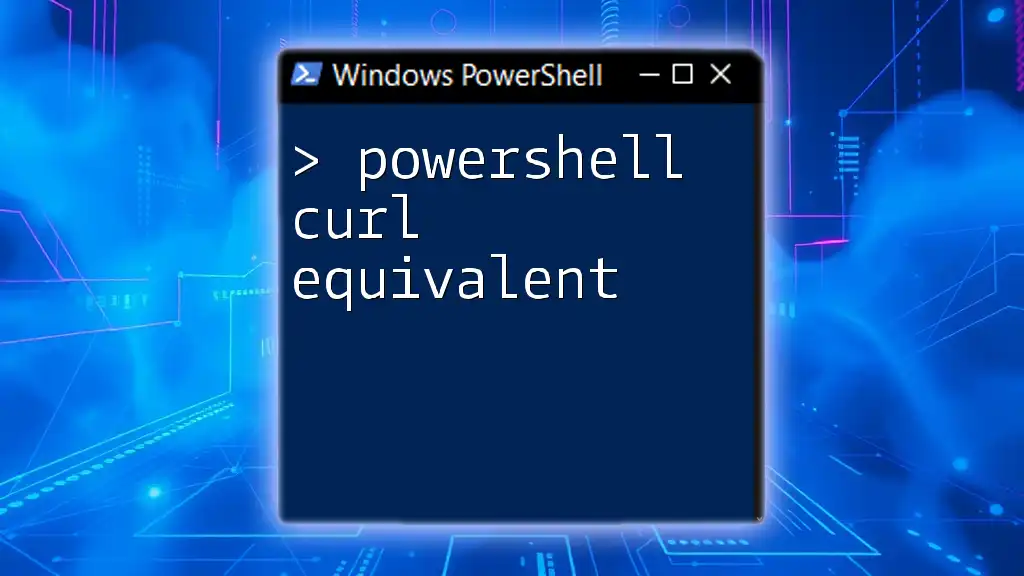
The `-k` Option Explained
What Does `-k` Mean?
The `-k` flag, short for `--insecure`, instructs curl to ignore SSL certificate validation during web requests. This means that if the server's SSL certificate cannot be verified, or if it uses a self-signed certificate, curl will still proceed with the request without issuing an error.
When to Use `-k`
Using the `-k` option can be beneficial in specific scenarios, particularly during the development phase or when working with self-signed certificates:
- Development Environments: When testing applications in a non-production environment where security requirements are relaxed, using `-k` can speed up the development process without the hassle of configuring trusted SSL certificates.
- Testing Self-Signed Certificates: If your application uses self-signed certificates, especially in internal networks, you may encounter frequent SSL verification errors. The `-k` flag allows you to bypass these issues temporarily.
However, it is crucial to note the risks associated with using `-k`. By ignoring SSL certificate validation, you expose yourself to potential security threats, such as man-in-the-middle attacks.
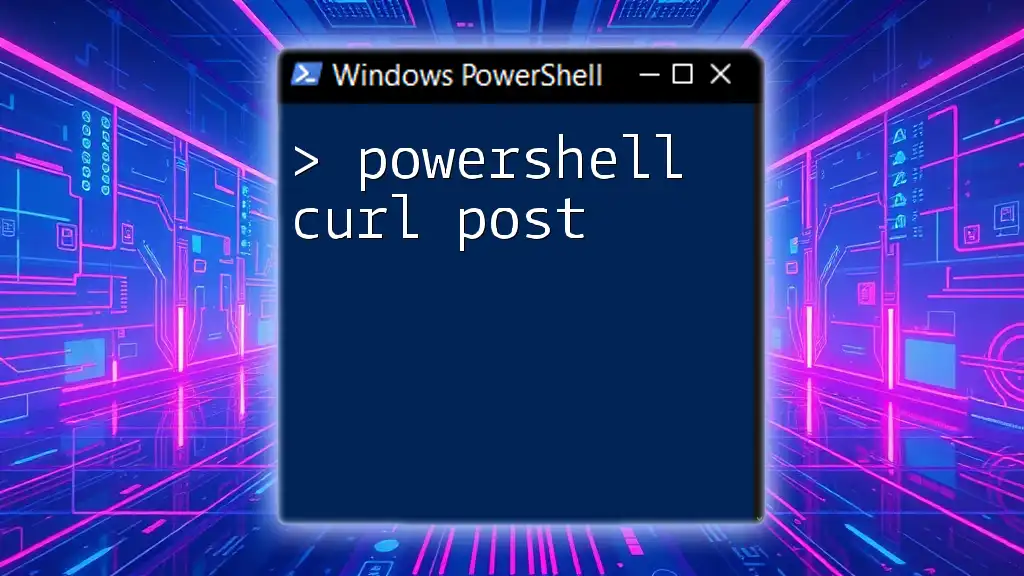
Implementing Curl -k in PowerShell
Basic Syntax of Curl with the `-k` Option
To use `curl` with the `-k` option in PowerShell, follow this syntax:
curl -k <URL>
Example of Curl -k Usage
To fetch data from a website while ignoring SSL certificate checks, you can execute:
curl -k https://example.com
In this example, curl will retrieve the content from `example.com`, regardless of any SSL certificate issues. The command allows you to focus on obtaining data without worrying about valid certificates, especially useful during testing.
Advanced Usage Scenarios
Fetching REST APIs Using Curl -k
When working with REST APIs, authentication is often required. You can still use `curl -k` to make authenticated requests. Here’s an example of how to achieve this:
curl -k -H "Authorization: Bearer <token>" https://api.example.com/data
In this case, the `-H` flag adds an HTTP header for authorization. This illustrates that while you bypass SSL verification, you can still maintain proper API security through tokens.
Downloading Files with Curl -k
You can also use `curl -k` to download files without validation issues. For instance, if you want to download a zip file, the command would be:
curl -k -O https://example.com/file.zip
In this command, the `-O` flag tells curl to save the output to a file that has the same name as the remote file. This is not only convenient but also efficient when managing downloads in scripts.
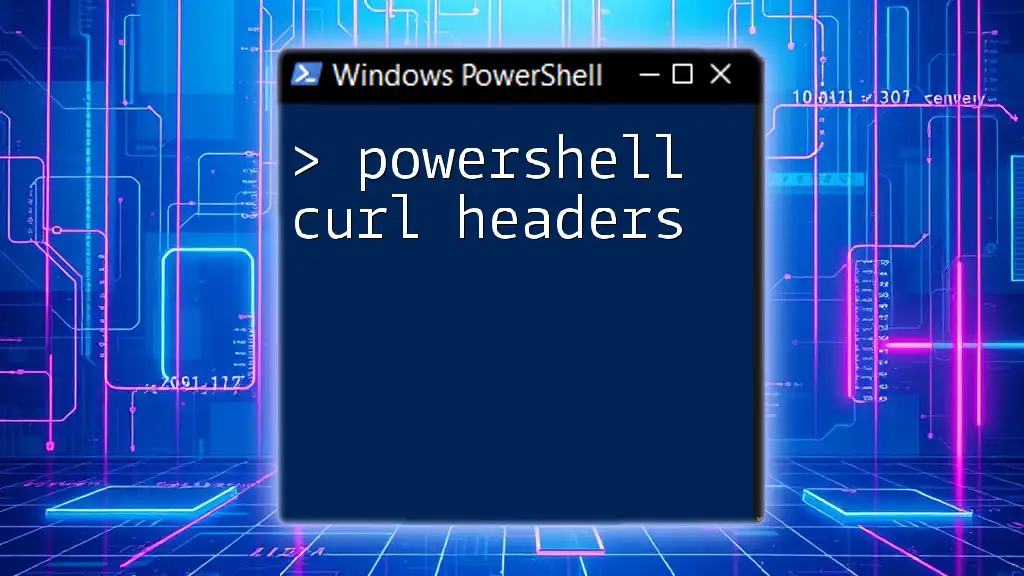
Troubleshooting Common Issues
SSL Errors
When utilizing `curl -k`, you may encounter certain SSL errors, particularly in production environments where stringent security measures are in place. Diagnosing these errors typically involves checking the details of the SSL certificate, testing with an updated CA certificate, or even inspecting server configurations.
Permissions Issues
Permissions issues can also arise while executing curl commands. For instance, you may not have the necessary access to the resources you are requesting. It's advisable to run PowerShell with administrator privileges to eliminate this hurdle.
Connectivity Problems
Connectivity issues may hinder your ability to make requests using curl. Common symptoms include timeouts and inability to resolve hostnames. You can use diagnostic commands like `Test-NetConnection` to troubleshoot potential network problems.
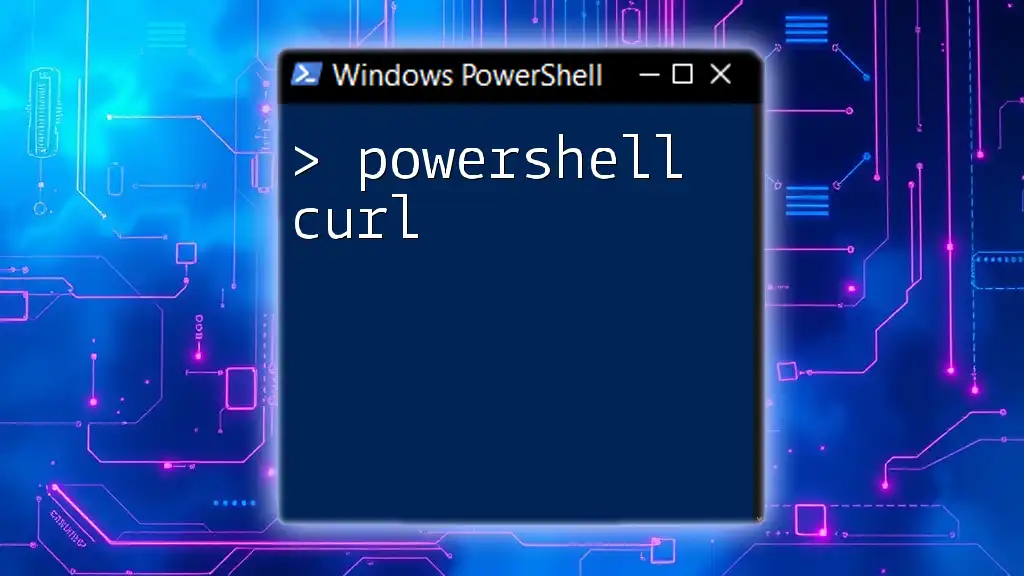
Security Considerations
Understanding the Risks of Using the `-k` Flag
While the `-k` flag is convenient, it carries significant risks. Ignoring SSL certificate validation exposes your application to potential security threats. For instance, a malicious entity could intercept your requests and alter the data being transmitted.
Alternative Solutions to Using `-k`
Instead of relying on `-k`, consider employing proper SSL certificate management. Tools like Let's Encrypt can help you acquire free, trusted certificates. For production environments, it's pivotal to ensure that valid certificates are in place, helping to maintain data integrity and security.
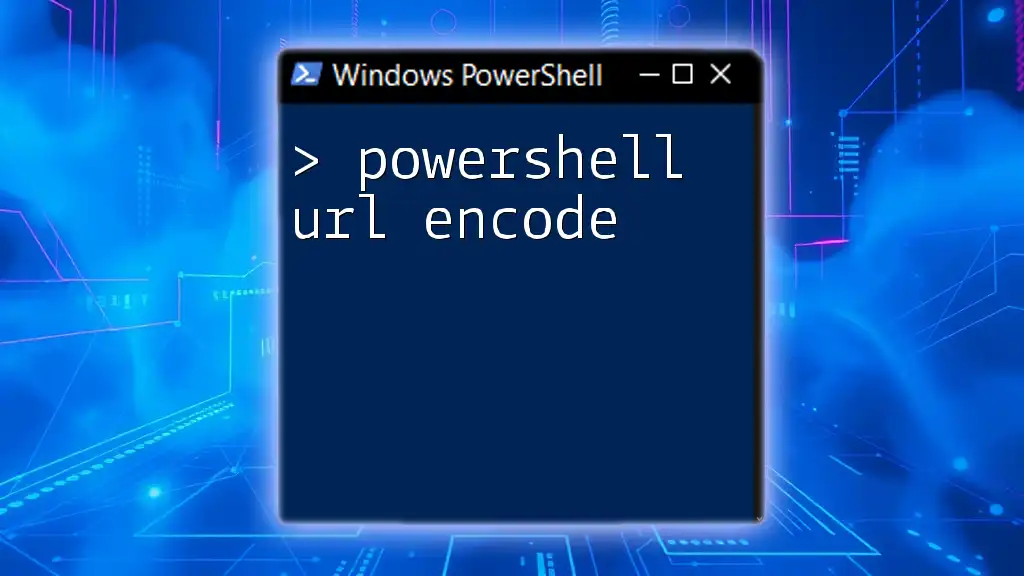
Conclusion
Utilizing `powershell curl -k` provides an efficient way to perform web requests while bypassing SSL certificate validation. It is beneficial for development and testing but should be approached with caution in production scenarios due to security risks. Always strive to adopt best practices in your scripting endeavors, particularly concerning security and data management.

Additional Resources
To further your understanding of PowerShell and curl functionalities, consider consulting the official [curl documentation](https://curl.se/docs/) and [PowerShell documentation](https://docs.microsoft.com/en-us/powershell/). These resources provide in-depth information on various commands and best practices that will enhance your skills in scripting with PowerShell. Additionally, popular online platforms offer numerous courses that delve into the intricacies of PowerShell scripting, ensuring you remain at the forefront of technology. Joining online communities can also be a great way to share experiences and learn from industry experts in the PowerShell ecosystem.

